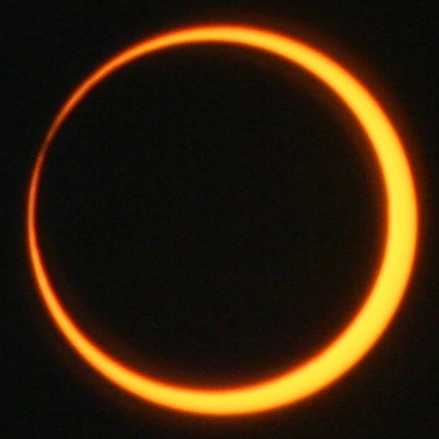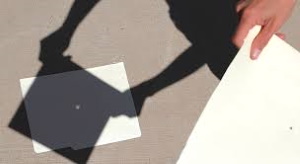On Saturday morning, October 14, 2023, the Moon will become aligned between the Sun’s light and Earth’s surface in North, Central, and South America. This will create an eclipse called by NASA “The Ring of Fire.”

What you will see during the annular eclipse depends on where you are viewing the event. Those in the path of “annularity” will see a “ring of fire” in the sky, as the Moon passes in front of the Sun. Other viewers may see the Moon partially block the Sun.
For viewers in the United States, the annular phase of the eclipse will start to be visible from around 9:15 a.m. to 11:50 a.m. in local time zones. The time the eclipse begins and ends changes based on the viewer’s location. Depending on where the viewer is watching from, the annular phase of the eclipse could be as short as around 30 seconds to over 5 minutes.
The annular solar eclipse will cross some major U. S. Cities, including Eugene, OR, Alburquerque, NM, and San Antonio, TX.

How do I safely view an annular eclipse?
Looking directly at the Sun without protection is harmful to your eyes at any time during an annular eclipse. However, there are easy ways to see the annular eclipse.
The simplest safe way to view the changing eclipse is to watch the Sun’s image when it is projected onto a piece of paper. Poke a small hole in an index card with a pencil point, face it toward the Sun. Hold a second card three-or-four feet behind the first cards shadow. You will see a projected image of the Sun on the second card.
Can I view the annular eclipse with dark sunglasses or look at it without special eye protection?
No! Regular sunglasses, no matter how dark, are not suitable for direct solar viewing. You must use specialized “eclipse glasses” or a filter, rated for direct solar viewing to see this eclipse.
How are my eyes damaged by staring at the Sun?
Typically, eye damage from staring at the Sun results in blurred vision; dark or yellow spots; pain in bright light; loss of vision in the center of the eye (the fovea.) Permanent damage to the retina has been shown to occur in ~100 seconds. The exact time before damage occurs will vary with the intensity of the Sun on a particular day and with how much the viewer’s pupil is dilated, from decongestants and other drugs they may be taking.
Even when 99% of the Sun’s surface (the photosphere) is obscured during the partial phases of a solar eclipse, the remaining crescent Sun is still intense enough to cause a retinal burn. Note, there are no pain receptors in the retina. So, your retina can be damaged even before you realize it, and by then it can be too late to save your vision!